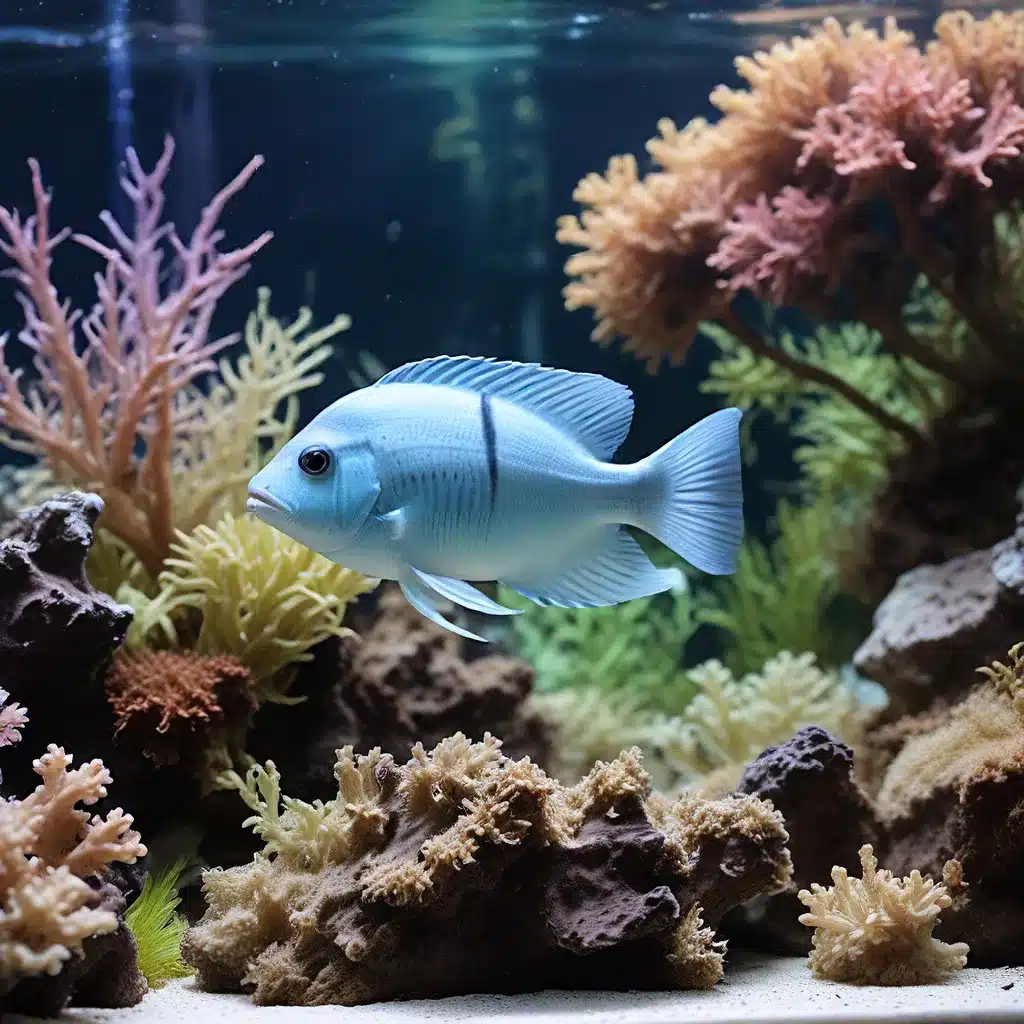
Mastering the Art of Acclimation and Transition
Maintaining a thriving marine aquarium ecosystem can be a delicate and rewarding endeavor, especially when introducing sensitive or rare species. The process of acclimating and transitioning these delicate creatures into a new environment requires meticulous attention to detail and a deep understanding of their unique needs. In this comprehensive guide, we will explore the strategies and best practices for ensuring a smooth and successful acclimation and transition process for your marine aquarium inhabitants.
Preparing for Acclimation
One of the most critical steps in the acclimation process is ensuring that the receiving aquarium is properly prepared to welcome its new inhabitants. This involves carefully examining the water parameters, such as temperature, pH, salinity, and dissolved oxygen levels, to ensure they align with the species’ optimal requirements. Establishing a stable and well-balanced aquarium environment is essential for minimizing stress and maximizing the chances of a successful transition.
King Aquarium recommends performing a thorough water test and making any necessary adjustments well in advance of the new arrivals. This proactive approach allows you to fine-tune the aquarium conditions and ensure a seamless integration for the sensitive and rare species you plan to introduce.
The Acclimation Process
The acclimation process is a crucial step in the successful integration of new marine fish, invertebrates, and plants into your aquarium. This step-by-step approach helps to gradually adjust the inhabitants to the new water parameters, reducing the risk of shock and potential health issues.
Floating the Bag: Begin by gently floating the sealed transport bag containing the new arrivals in the aquarium for approximately 15-30 minutes. This allows the water temperature to equalize, ensuring a smooth temperature transition.
Drip Acclimation: Next, use a clean airline tubing or a drip acclimation kit to slowly introduce the aquarium water into the transport bag at a rate of around 1-2 drops per second. This gradual process allows the inhabitants to adjust to the new water chemistry over the course of an hour or more.
Transferring the Inhabitants: Once the acclimation is complete, carefully net the inhabitants and transfer them to the aquarium, ensuring that no water from the transport bag is introduced. This step-by-step approach helps to minimize stress and reduce the risk of introducing unwanted pathogens or contaminants.
Transitioning Sensitive and Rare Species
Introducing sensitive and rare marine species into your aquarium requires an even more meticulous approach. These delicate creatures often have specific requirements and may be more susceptible to water parameter fluctuations, making the transition process particularly challenging.
Quarantine Period: Before integrating new inhabitants into your main aquarium, it is strongly recommended to establish a dedicated quarantine system. This separate setup allows you to closely monitor the new arrivals, observe their behavior and health, and treat any potential issues without risking the well-being of your established aquarium inhabitants.
Acclimation Techniques: When transitioning sensitive and rare species, the acclimation process may need to be extended, with a slower drip rate and a longer floating period. This gradual approach helps to minimize the stress and ensure a successful transition.
Water Quality Monitoring: Closely monitor the water parameters in both the quarantine system and the main aquarium during the acclimation and transition process. Be prepared to make any necessary adjustments to maintain optimal conditions for your new inhabitants.
Dietary Considerations: Many sensitive and rare species may have specific dietary requirements. Ensure that you have the appropriate food sources available and that the new inhabitants are readily accepting the provided sustenance.
Troubleshooting Common Challenges
Despite your best efforts, you may encounter challenges during the acclimation and transition process. Common issues may include:
- Aggression and Dominance Hierarchies: Introducing new inhabitants can disrupt the existing social dynamics, leading to aggressive behavior or the establishment of new dominance hierarchies. Carefully observe the interactions and be prepared to make adjustments or remove any persistent aggressors.
- Compatibility Concerns: Ensure that the new inhabitants are compatible with the existing aquarium inhabitants, both in terms of species-specific requirements and behavioral characteristics. Incompatible combinations can lead to stress, injury, or even mortality.
- Nutritional Deficiencies: Sensitive and rare species may have unique dietary needs that are not easily met by standard aquarium fare. Monitor their feeding habits and health closely, and be prepared to provide specialized supplementation or alternative food sources.
By anticipating and addressing these potential challenges, you can increase the chances of a successful acclimation and transition, safeguarding the well-being of your marine aquarium inhabitants.
Embracing the Rewards of Successful Acclimation
Navigating the intricacies of marine aquarium acclimation and transition may require patience, dedication, and a deep understanding of your aquarium inhabitants. However, the rewards of a thriving and diverse marine ecosystem are well worth the effort.
Witnessing the graceful movements and vibrant colors of your newly acclimated sensitive and rare species can be a truly awe-inspiring experience. Moreover, the sense of accomplishment that comes with successfully integrating these delicate creatures into your aquarium is a testament to your skills as a dedicated aquarist.
By following the best practices outlined in this guide, you can ensure a smooth acclimation and transition process, providing your marine aquarium with the foundation it needs to flourish. Embrace the challenges, learn from your experiences, and take pride in the captivating underwater world you have created.
Remember, the journey of marine aquarium keeping is an ongoing one, filled with opportunities to expand your knowledge, refine your techniques, and create a truly remarkable and sustainable ecosystem. With the right approach and a commitment to the well-being of your aquarium inhabitants, you can navigate the complexities of acclimation and transition, paving the way for a thriving and vibrant marine aquarium.

